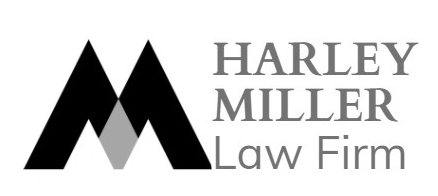Effective management, utilization, and depreciation of fixed assets are integral aspects of a company’s financial health and operational efficiency. Fixed asset, such as machinery, buildings, and equipment, play a vital role in a company’s daily operations. Understanding the regulations governing these assets is not only a matter of compliance but also a strategic approach to optimizing resources and sustaining long-term growth.
Question:
Our company is renting an office space, and the lease contract is for a period of 3 years. After the contract expires, we have the option to renew it for another 3 years each time. Initially, we rented the premises in raw condition, and we hired a contractor to complete the design for use as a bank office. The complete finishing costs include materials, installation, furniture, labor, and management fees paid to the contractor. So we would like to know if we can account for these costs as Fixed Assets (Office category) and depreciate them according to the regulations of the Ministry of Finance.
During the usage period, we plan to conduct upgrades and repairs such as adding workstations, rearranging office rooms according to our requirements. Can these additional costs be considered as repairs to the Fixed Assets and added to the original cost of the Fixed Assets for depreciation purposes?
Answer:
Based on Article 4 of Circular No. 96/2015/TT-BTC dated June 22, 2015, issued by the Ministry of Finance, amending and supplementing Article 6 of Circular No. 78/2014/TT-BTC dated June 18, 2014, and providing guidance on corporate income tax deductibles and non-deductibles.
Based on Circular No. 45/2013/TT-BTC dated April 25, 2013, issued by the Ministry of Finance, providing guidance on the management, use, and depreciation of fixed assets.
According to the guidance above:
In principle, when a business rents an office space to serve its business activities, if the lease contract specifies that the lessee is responsible for repairing the leased assets during the lease term, the costs of repairing the leased fixed assets can be capitalized as expenses or gradually allocated as expenses, but the maximum period should not exceed 03 years. For other assets (not the costs of repairing leased assets) that the business purchases to serve its business activities, if they meet the criteria of fixed assets, the business can capitalize them as the original cost of fixed assets and depreciate them according to regulations.
You can gradually allocate the costs of assets like tools and equipment that don’t meet fixed asset criteria as operating expenses over a maximum period of 3 years.
Conclusion
In conclusion, businesses must prioritize their understanding and adherence to regulations concerning fixed asset management, utilization, and depreciation. Compliance with these guidelines not only ensures legal and financial stability but also contributes to effective resource allocation and sustainability. By proactively addressing these aspects, businesses can navigate the complexities of asset management and position themselves for success in an ever-evolving business landscape.
HMLF is always available to offer assistance in understanding the procedures with authorities.

Head office: 14th floor, HM Town building, 412 Nguyen Thi Minh Khai, Ward 05, District 3, Ho Chi Minh City.
Phone number: +84 937215585
Website: hmlf.vn Email: miller@hmlf.vn





